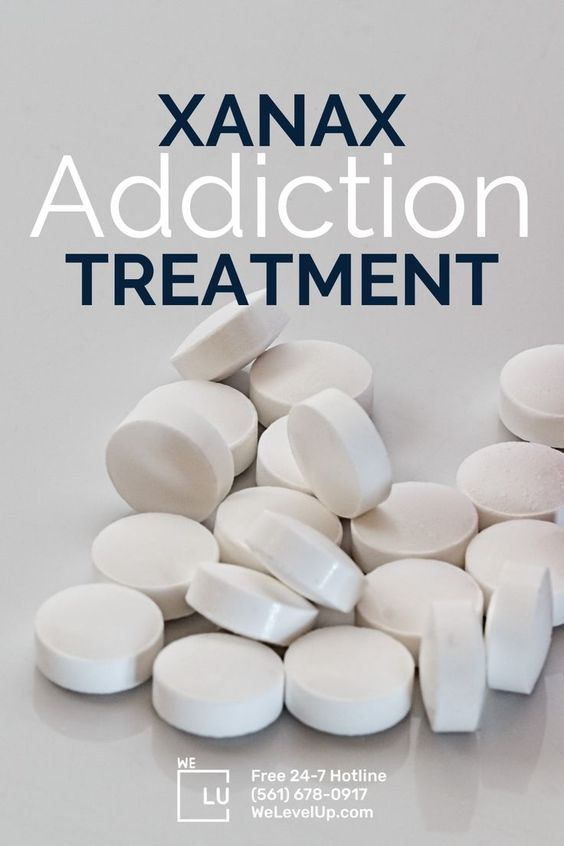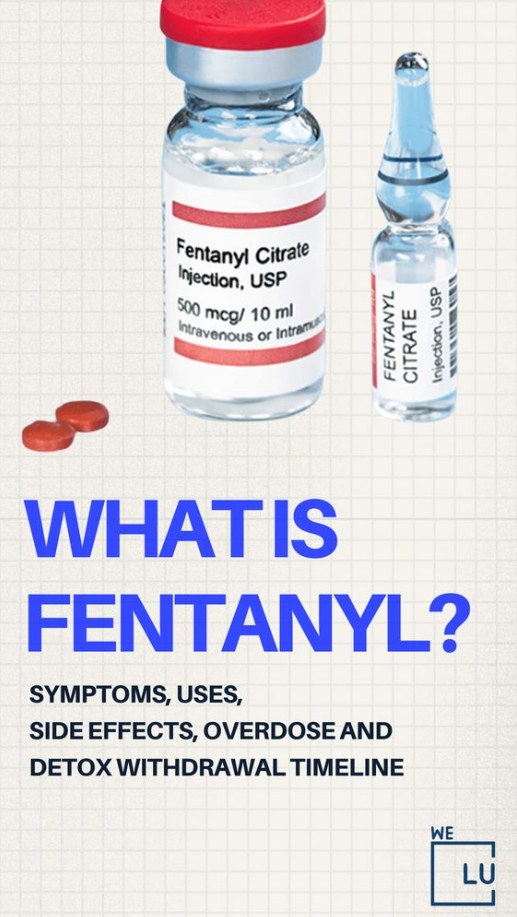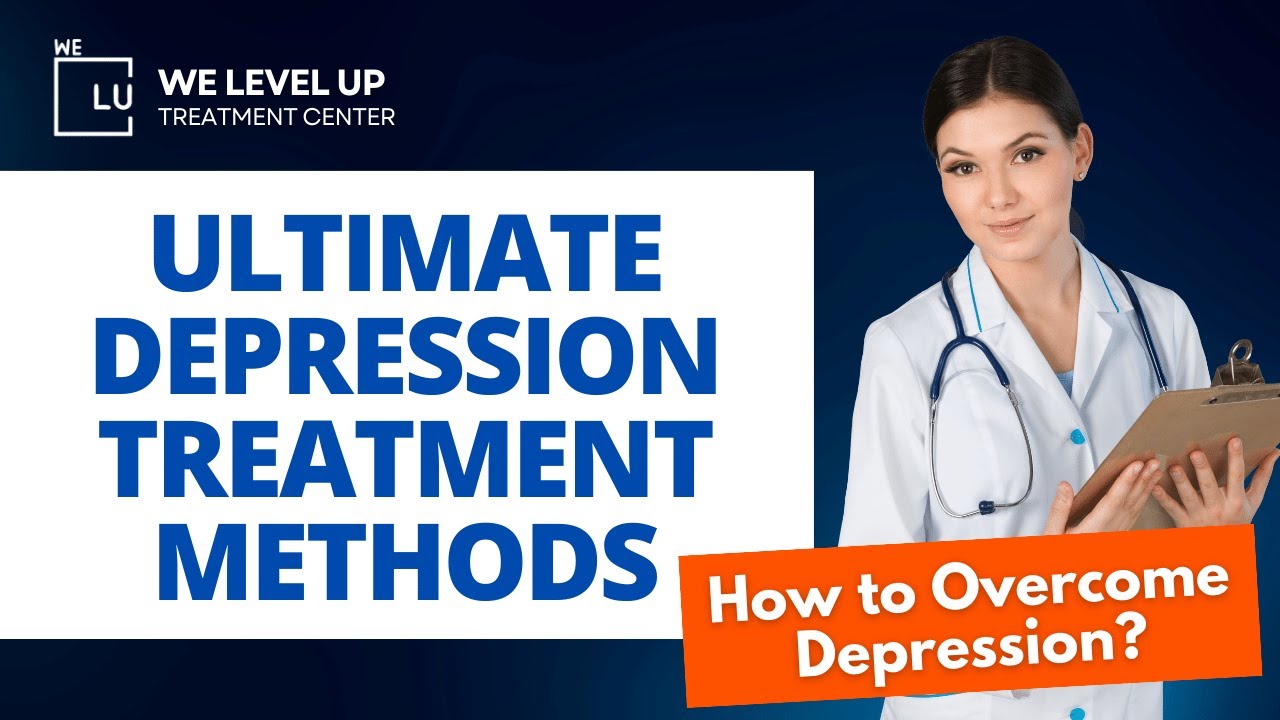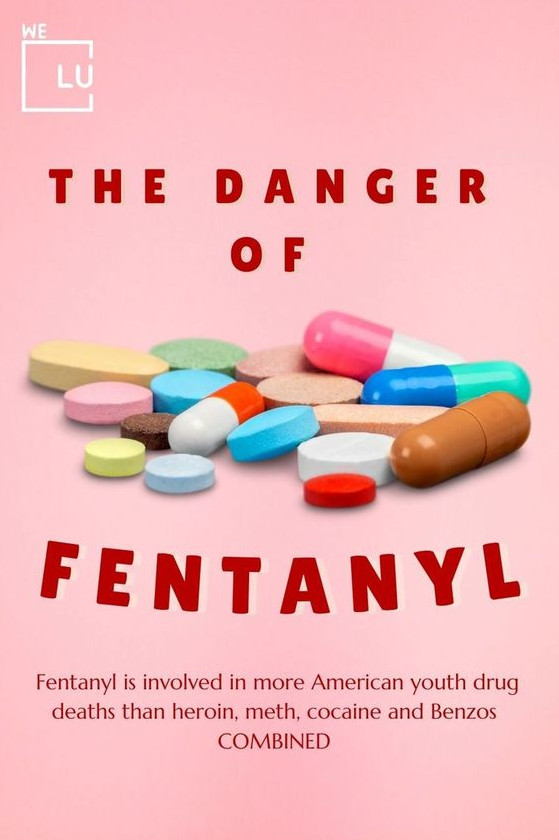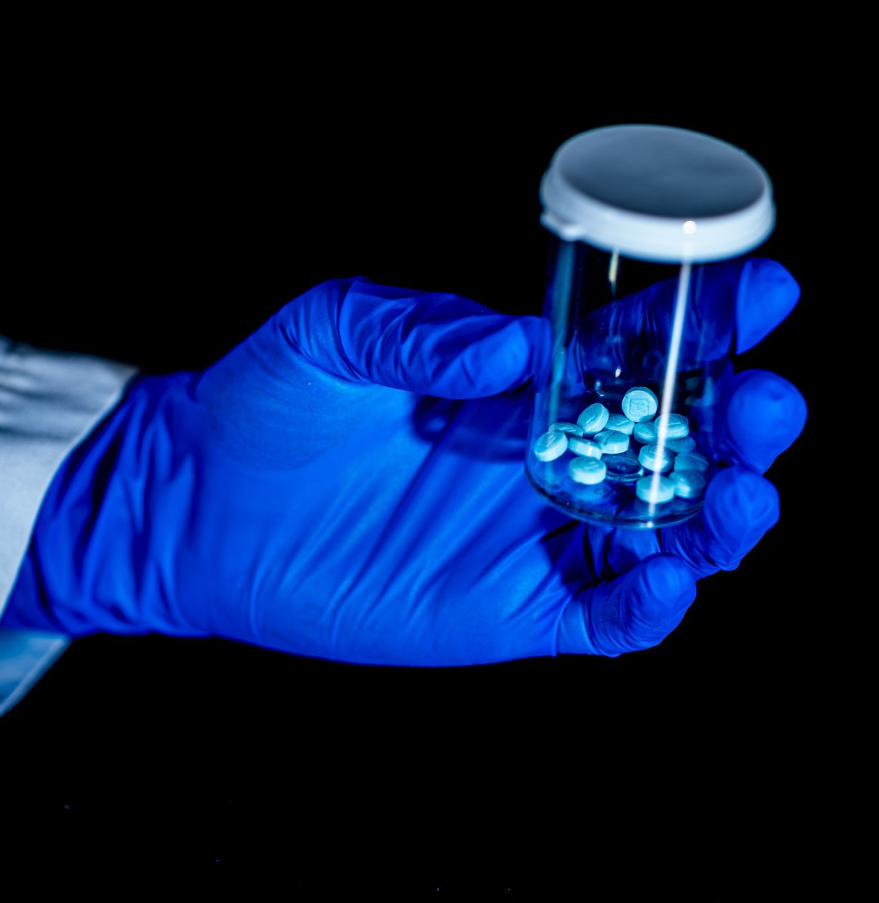
What is Methadone Used for? Precautions, Side Effects, Overdose & Substance Abuse Treatment
Methadone Uses
Medication-assisted treatment (MAT) is the use of medications in combination with counseling and behavioral therapies for the treatment of substance use disorders. A combination of medication and behavioral therapies is effective in the treatment of substance use disorders and can help some people to sustain recovery. What is methadone used for in MAT?
Methadone is a prescription medication that works in the brain to treat pain and opioid use disorder. Opioids include heroin and prescription pain relievers such as hydrocodone, oxycodone, morphine, fentanyl, and methadone.
Though methadone is in the same family as opioids, its long activity in the body makes it suitable for reducing cravings for other opioids and easier to taper a person off of these drugs. It is important to combine methadone treatment with counseling and other support. [1]
What is methadone used for and how to recognize opioid abuse? Symptoms of opioid dependence include:
- Being unable to quit using opioids despite problems with health and relationships
- Needing more opioids to achieve the same effect
- Going through opioid withdrawal symptoms (sweating, shaking, nausea, vomiting, diarrhea, discomfort, anxiety) when unable to use opioids
- Spending the majority of time using or finding a way to use opioids
- Having a desire but an inability to decrease the amount of opioids used
- Giving up enjoyable activities in order to use opioids

What is Methadone Used For in Addiction Treatment?
Methadone is an opioid, like heroin or opium. Methadone maintenance treatment (MMT) has been used to treat opioid dependence since the 1950s. The opioid-dependent patient takes a daily dose of methadone as a liquid or pill. This reduces their withdrawal symptoms and cravings for opioids. Methadone is addictive, like other opioids. However, being on methadone is not the same as being dependent on illegal opioids such as heroin:
- It is safer for the patient to take methadone under medical supervision than it is to take heroin of unknown purity.
- Methadone is taken orally. Heroin is often injected, which can lead to HIV transmission if needles and syringes are shared.
- People who are heroin dependent often spend most of their time trying to obtain and use heroin. This can involve criminal activity such as stealing. Patients in methadone do not need to do this. Instead, they can undertake productive activities such as education, employment and parenting.

Methadone has been included on the World Health Organization’s List of Essential Medicines. This highlights its importance as a treatment for heroin dependence. [2]
There has been a great deal of research on MMT. This research has found that:
- MMT significantly reduces drug injecting
- because it reduces drug injecting, MMT reduces HIV transmission
- MMT significantly reduces the death rate associated with opioid dependence
- MMT reduces criminal activity by opioid users; and
- Methadone doses of greater than 60mg are most effective
In closed settings, Methadone maintenance treatment or MMT should be available to patients who have been receiving MMT in the community and wish to continue this treatment in the closed setting, and patients with a history of opioid dependence who wish to commence MMT. Patients should receive MMT for the entire duration of their detention in a closed setting. This ensures the maximum benefits of the treatment are obtained.
Why is Methadone Medication Prescribed?
Methadone is used to relieve severe pain in people who are expected to need pain medication around the clock for a long time and who cannot be treated with other medications. It also is used to prevent withdrawal symptoms in patients who were addicted to opiate drugs and are enrolled in treatment programs in order to stop taking or continue not taking the drugs. Methadone is in a class of medications called opiate (narcotic) analgesics. Methadone works to treat pain by changing the way the brain and nervous system respond to pain. It works to treat people who were addicted to opiate drugs by producing similar effects and preventing withdrawal symptoms in people who have stopped using these drugs.
What Special Precautions Should I Follow?
Methadone may be habit-forming. Take methadone exactly as directed. Do not take a larger dose, take it more often, or take it for a longer period of time or in a different way than prescribed by your doctor. While taking methadone, discuss with your healthcare provider your pain treatment goals, length of treatment, and other ways to manage your pain.
Tell your doctor if you or anyone in your family drinks or has ever drunk large amounts of alcohol, uses or has ever used street drugs, or has overused prescription medications, or has had a drug overdose, or if you have or have ever had depression or another mental illness. There is a greater risk that you will overuse methadone if you have or have ever had any of these conditions.
Methadone side effects may cause serious or life-threatening breathing problems, especially during the first 24 to 72 hours of your treatment and any time your dose is increased. Your doctor will monitor you carefully during your treatment. Tell your doctor if you have or have ever had slowed breathing or asthma. Your doctor will probably tell you not to take methadone. [3]
Taking certain other medications during your treatment with methadone may increase the risk that you will experience serious, life-threatening side effects such as breathing problems, sedation, or coma. Tell your doctor if you are taking or plan to take any types of other medications.
Drinking alcohol, taking prescription or nonprescription medications that contain alcohol, or using street drugs during your treatment with methadone increases the risk that you will experience serious, life-threatening side effects. Do not drink alcohol, take prescription or nonprescription medications that contain alcohol, or use street drugs during your treatment.
Long Term Methadone Use
Methadone abuse causes physical dependency when taken daily for a long period of time. This means that you may have withdrawal symptoms if methadone is stopped abruptly. Talk to your provider before stopping methadone.
What are Side Effects of Taking Methadone?
Methadone is a synthetic opioid agonist. This means it produces effects in the body in the same way as heroin, morphine, and other opioids. It is taken orally as a tablet or syrup. When an opioid-dependent person takes methadone, it relieves withdrawal symptoms and opioid cravings; at a maintenance dose, it does not induce euphoria.
The onset of effects occurs 30 minutes after swallowing and peak effects are felt approximately three hours after swallowing. At first, the half-life (the length of time for which effects are felt) of methadone is approximately 15 hours; however, with repeated dosing, the half-life extends to approximately 24 hours. It can take between 3 and 10 days for the amount of methadone in the patient’s system to stabilize. [4]
Most people beginning MMT experience few side effects. However, there are some side effects of methadone, including:
- Nausea and vomiting
- Constipation
- Dry mouth
- Increased perspiration
- Sexual dysfunction
- Menstrual irregularities in women
- Weight gain
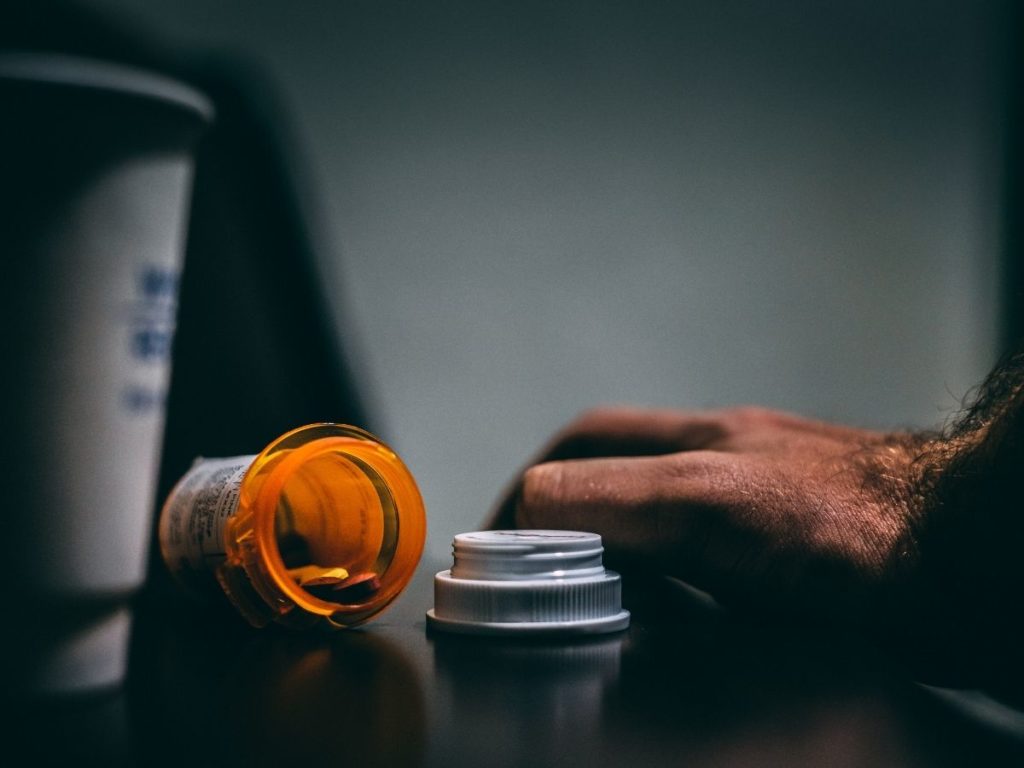
What Happens If I Overdose?
The major risk associated with methadone is overdose. Drug overdose is a particular concern in the initial stages of MMT and when methadone is used in combination with other depressant drugs. Methadone overdose may not be obvious for three to four hours after ingestion. Patients should be closely monitored during the first week of treatment for signs of overdose, including:
- Pinpoint pupils
- Nausea and vomiting
- Dizziness
- Excess sedation
- Slurred speech
- Snoring
- Slow pulse and shallow breathing
- Frothing at the mouth
- Unconscious and unable to be roused
Overdose is more likely to occur if the patient is using other drugs that depress the central nervous system e.g. alcohol, benzodiazepines, or opioids. Patients should be informed of the risks of using these drugs in combination with methadone.
In case of overdose, naloxone should be administered. This reverses the effects of methadone. Because methadone has a long half-life, it is necessary to provide a prolonged infusion or multiple doses of naloxone over several hours. Patients who have overdosed should be transferred to a hospital and monitored for at least four hours.
Are You Abusing of Methadone?
If you have been addicted to an opiate (narcotic drug such as heroin), and you are taking methadone to help you stop taking or continue not taking the drug, you must enroll in an addiction treatment program. The treatment program must be approved by the state and federal governments and must treat patients according to specific federal laws. You may have to take your medication at the treatment program facility under the supervision of the program staff. Ask your doctor or the treatment program staff if you have any questions about enrolling in the program or taking or getting your medication.
What is methadone used for? when prescribed for opiate addiction, is eventually tapered down after a lengthened time. It is known in the opiate family for having the most prolonged detox, which also makes the typical taper a lengthy period, sometimes extending for over a year.
We Level Up TX treatment center believes in making our clients substance-free as soon as possible so that they can return to their everyday lives. Although most methadone detox plans include a long-drawn-out taper, the goal at We Level Up detox facilities is to speed up this process and give the individual a fair chance at a life in recovery.
If you or someone you know is struggling with methadone abuse, help is just a phone call away. Make this your opportunity to reclaim your life. Call today to speak with one of our treatment specialists.
Sources:
[1] Methadone – https://www.nami.org/About-Mental-Illness/Treatments/Mental-Health-Medications/Types-of-Medication/Methadone%C2%AE
[2-4] Clinical Guidelines for Withdrawal Management and Treatment of Drug Dependence in Closed Settings. – National Center for Biotechnology Information, U.S. National Library of Medicine
[3] Methadone – U.S. Department of Health and Human Services National Institutes of Health
